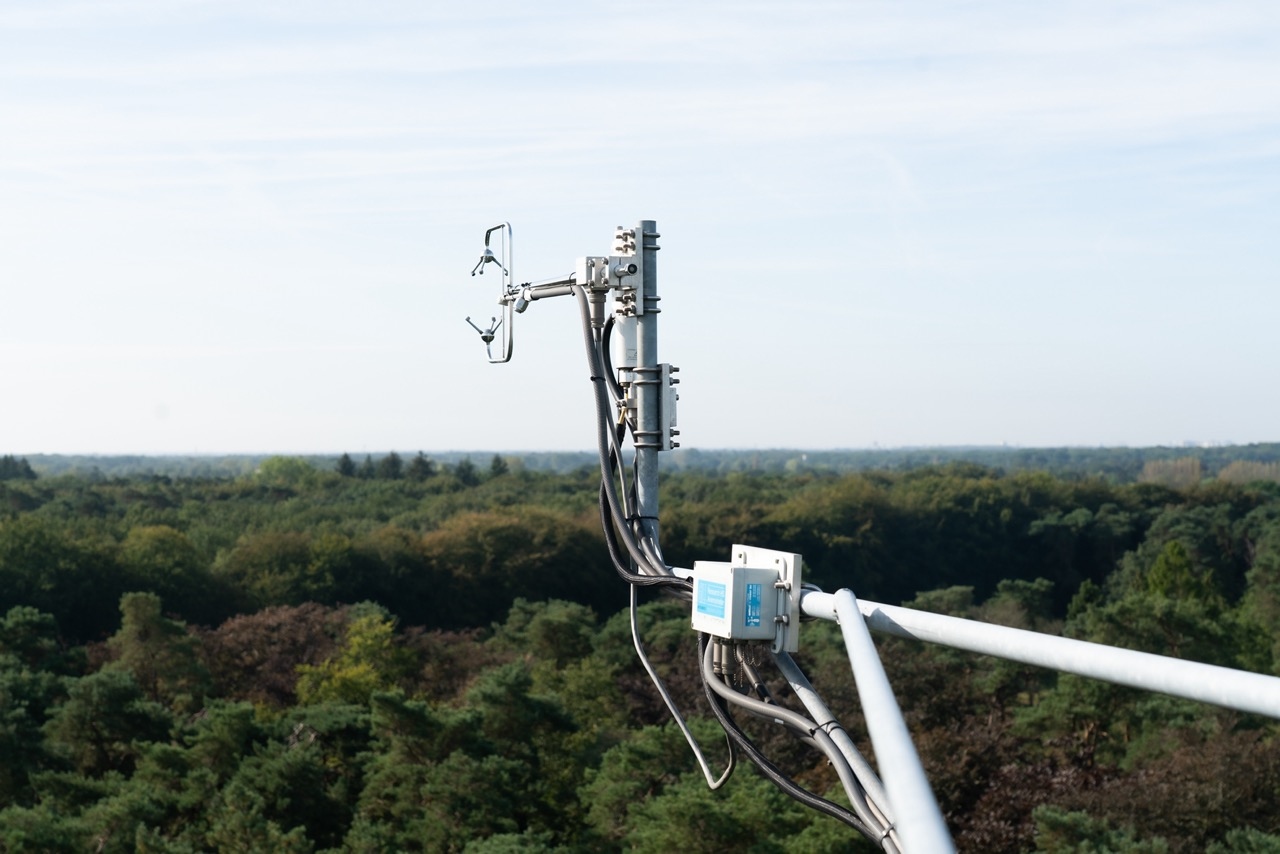
The everyday efforts of the scientists at ICOS stations make a big impact on data quality. Two ICOS stations were awarded in May 2024 as the “ICOS Ecosystem Stations of the year.” The purpose of the award was to recognise the efforts made by the individuals in the community and highlight the importance of good cooperation.
Even though the award was meant to be a symbolic affirmation of a job well done, the selection was made following careful criteria. The ICOS Ecosystem Thematic Centre (ETC) is run by institutions located in Italy, Belgium and France. Representatives from those institutions each nominated five stations following criteria created by Dario Papale, Director of ICOS Ecosystem Thematic Centre.
After careful evaluation, two stations were chosen to be awarded: the Class 1 Ecosystem Brasschaat station in Belgium and the Associated Ecosystem station Rollesbroich in Germany. The Brasschaat station is an experimental forest site near Antwerp, Belgium, while Rollesbroich is a grassland station in the west of Germany. “These two were unanimously voted by the people in the Ecosystem Thematic Centre”, Dario Papale says.
What, then, makes these two stations so special? Dario Papale immediately points to a list of things.
“The continuity of the data is very good, meaning there are no breaks in the data. In addition, both these stations had been very communicative and responsive with the ETC, which helps in the data processing”, Dario Papale says. “The ancillary data collection and sampling were all done in the correct and timely way, so overall everything in the measurements was done very well.”
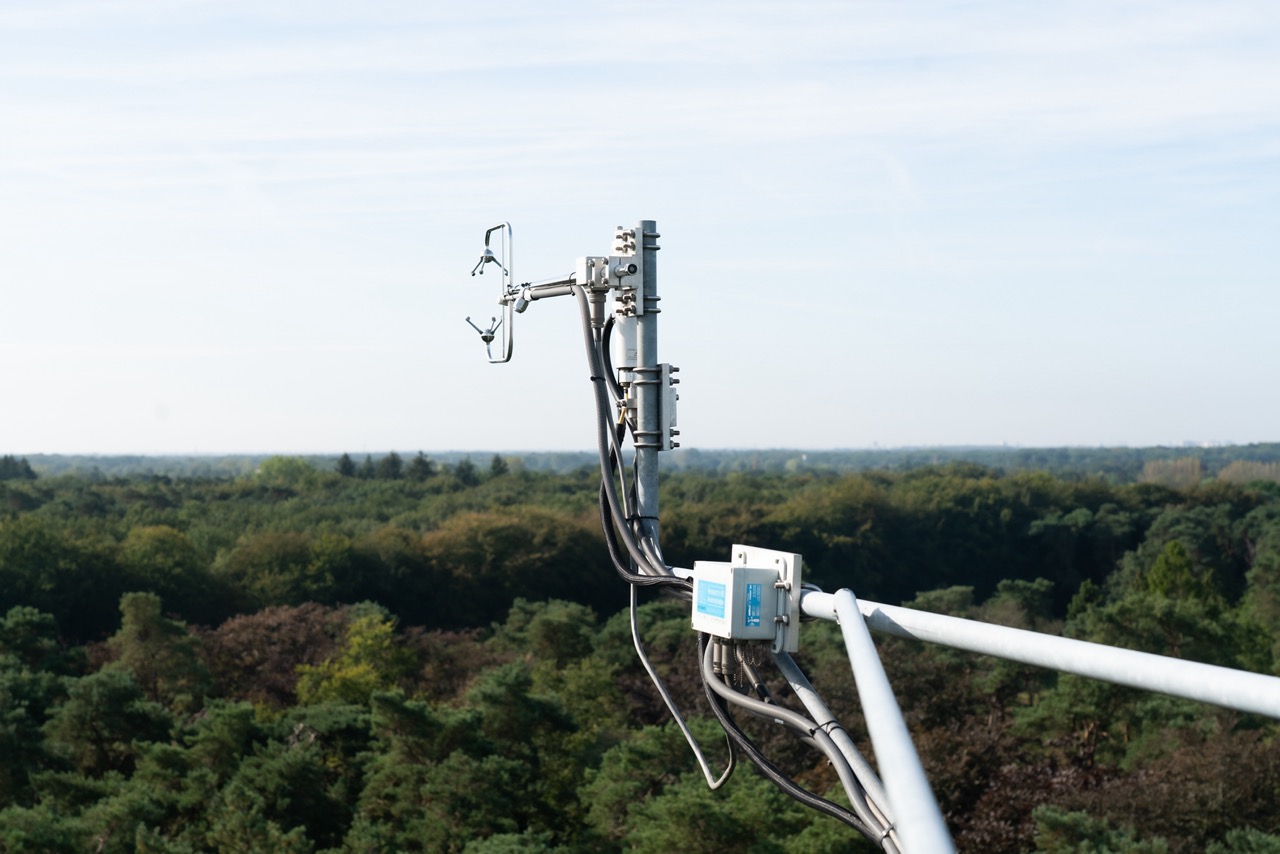
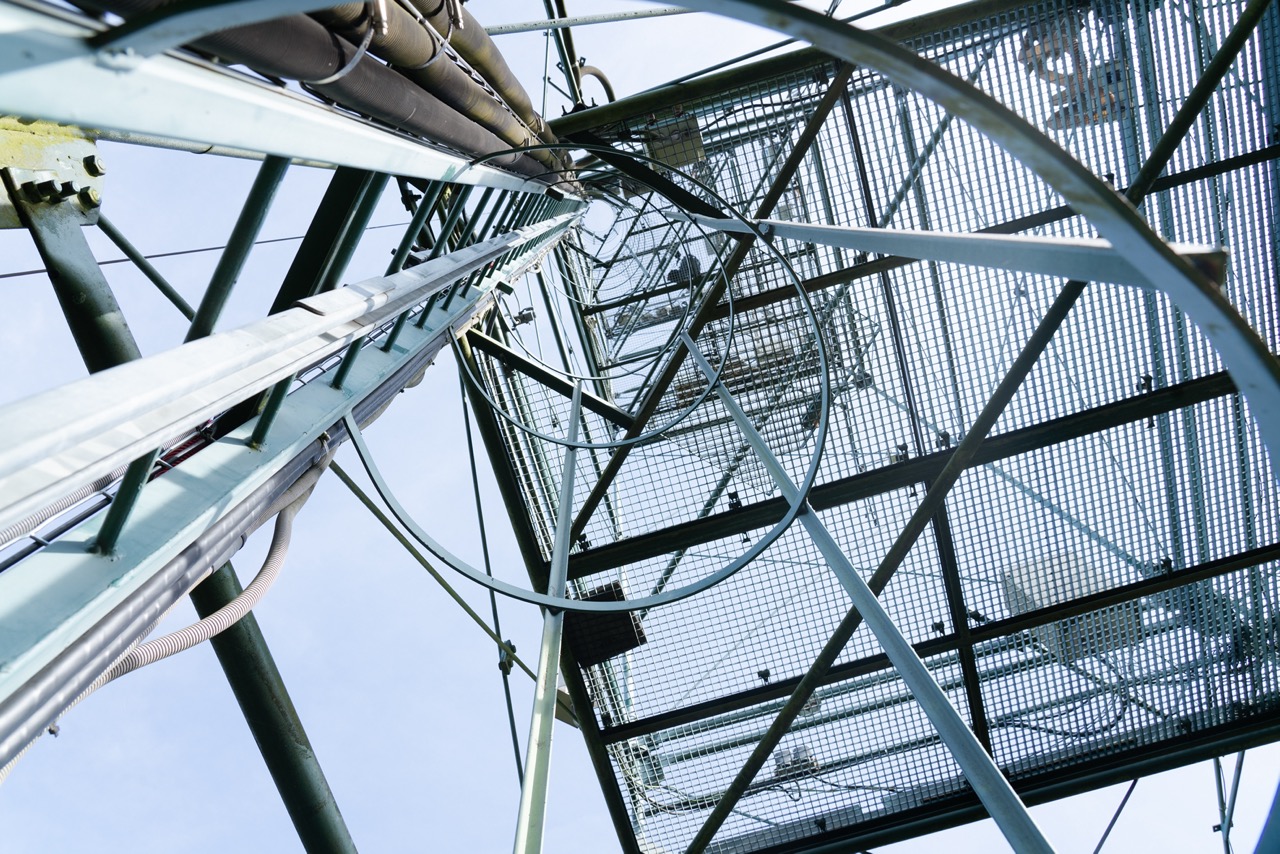
The Thematic Centres and the stations work closely together
Data transfer in ICOS is automated, but the data is always checked by human beings. Each Ecosystem station sends its data to the Ecosystem Thematic Centre automatically between midnight and 4 am. The ETC responds by sending an email confirming the files have arrived correctly and following the expected format and content. At this point, the ETC checks for any errors in the data, processes the near-real-time data, and starts processing higher-level data products that are uploaded in the Carbon Portal early morning and become available to PIs and users.
Sometimes, however, there may be issues in the file transfer or irregularities in the data that need to be resolved between the station and the ETC. This is when good communication becomes vital.
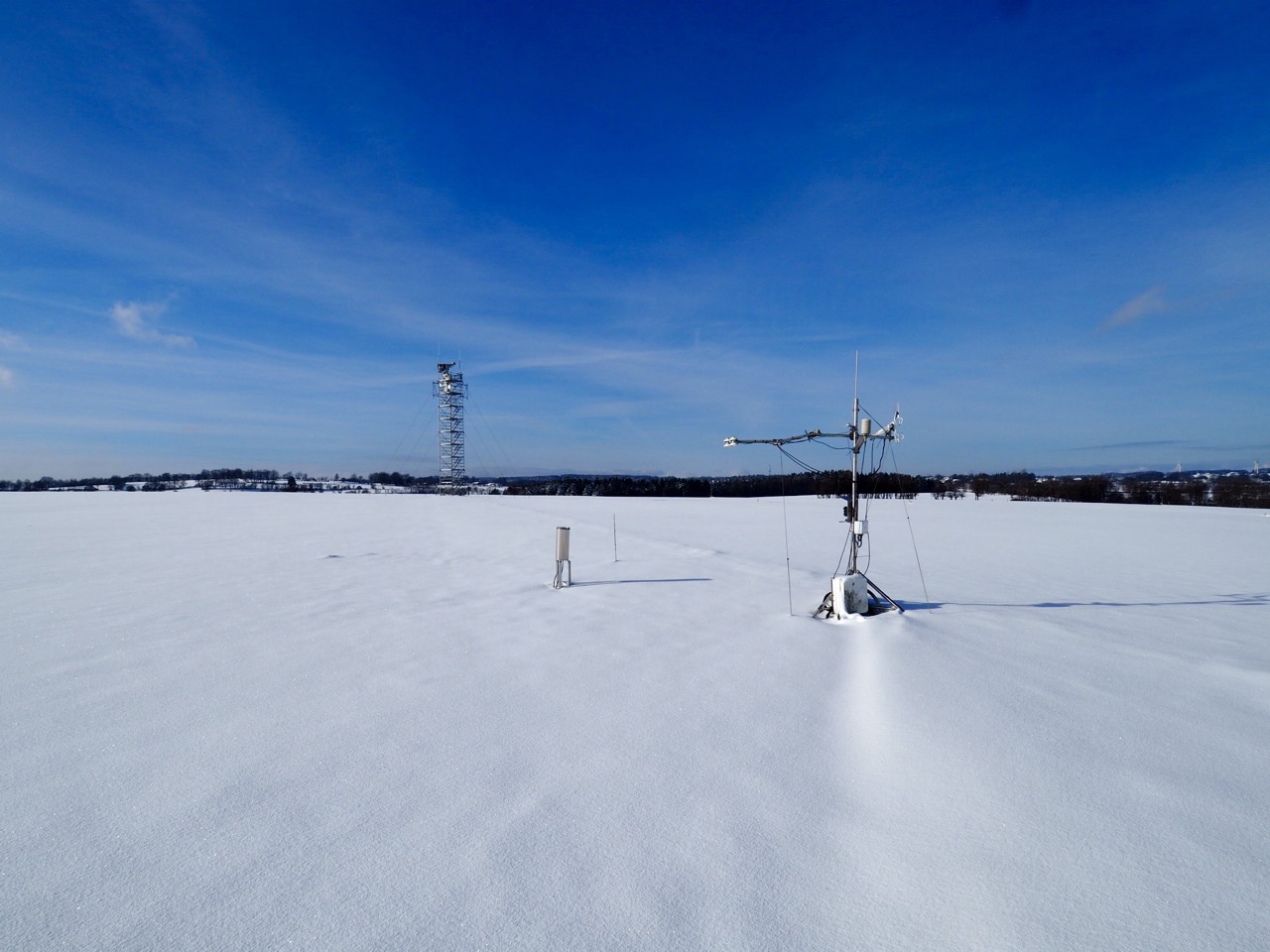
“When we work together, it improves the quality overall”
ICOS has many protocols in place to ensure data quality, but individual people have an impact on data quality. The impact that each station has differs slightly between the Atmosphere, Ecosystem and Ocean domains, but on the ecosystem side, efforts made by stations do make a difference in the data quality.
“In the Ecosystem Thematic Centre, data processing is done by code. So even if there is a data point that looks clearly wrong, we don’t remove it, but improve our code and processing to automatically detect and flag questionable measurements”, Dario Papale explains.
“Individual stations make an impact by caring for the stations, which in practice means cleaning and calibrating the sensors and communicating possible issues. If you don’t do this, there can be a gap of days, weeks or even months in the data. The careful submission of metadata is also crucial for both data processing and users; through accurate metadata, we can tell the user if, for example, a sensor was moved from one location to another, and this is why the data is not identical. This kind of communication is very important, and if it is done properly, the overall quality improves.”
“The third point is the final check on the data. Sometimes our automatic data processing system does not flag correctly errors in data, so the spotting of these possible errors by the station team helps us to investigate and understand the problem and improve our data processing pipeline. This is a crucial aspect that often is also covered by users and their feedback on the data products.”

Within each ICOS domains, Atmosphere, Ecosystem and Oceans, the station personnel come together two times a year in what is called Monitoring Station Assemblys (MSAs). The meetings bring together station PIs and other personnel to discuss, develop and improve the scientific and technical bases of the observations. Within each domain, a Thematic Centre coordinates the observations and supports the stations.
“The community is made out of experts, so when we work together, it really improves the quality overall. In addition, having the MSA and the ETC working together is crucial to reinforce the fact that we are one single large community that aims to run a top quality infrastructure”, Dario Papale says.
Three questions to Principal Investigators
Interview with Marius Schmidt, Principal Investigator of the Rollesbroich station in Germany
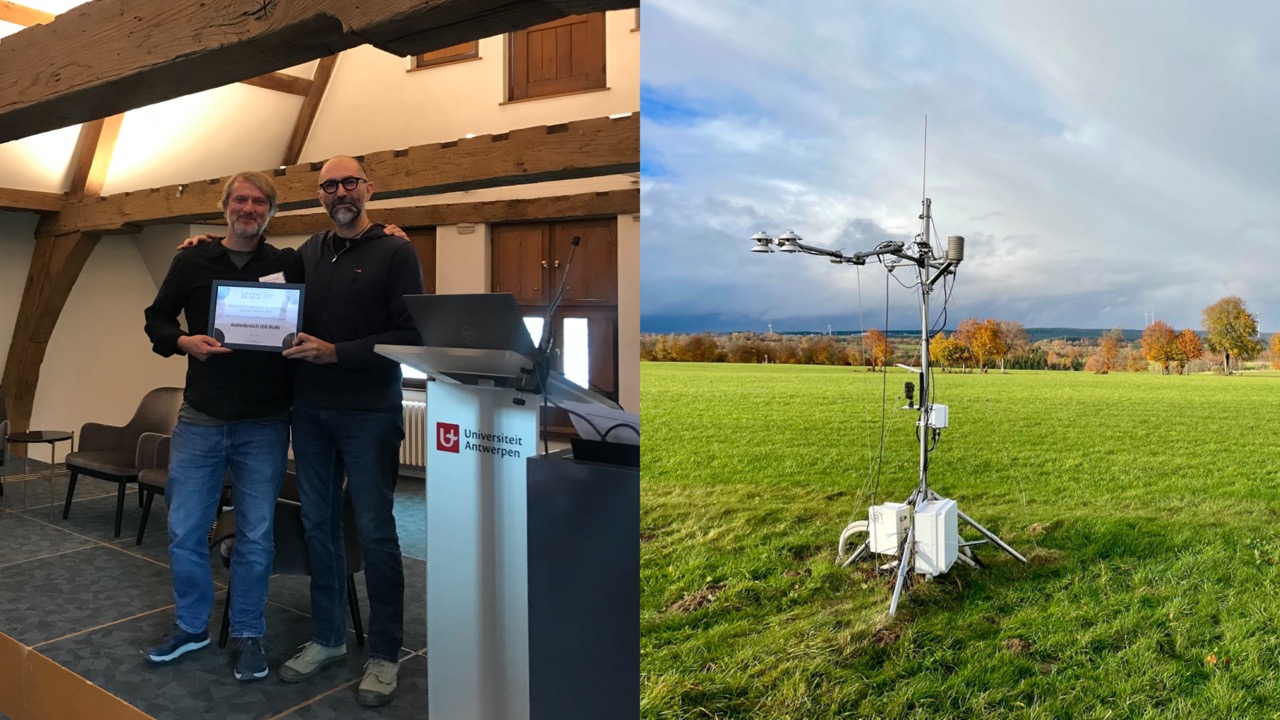
What makes your station unique?
The Site is located in a scenic part of the Eifel foothills. The meadows extend over a flat hilltop, so that you can look out over the neighbouring valleys to other hills. It is usually relatively windy, which is why there are so many wind turbines in the area. Above the intense green of the meadows, the fast-moving clouds often create a beautiful interplay of light and shadow. Our measuring station is comparatively simple - a tripod on which the eddy covariance instruments are installed together with the most important meteorological sensors. There are also sensors for precipitation, snow depth and soil temperature and humidity. In the immediate vicinity, there is also a well-equipped lysimeter station, a network of several hundred soil sensors distributed around the entire catchment area and several hydrological measuring stations.
What does this recognition mean to you?
I was almost shocked during the event, because I hadn't expected that. But of course, I am very happy about this award. The certificate is positive feedback not only for me but for our entire team, which motivates us to continue delivering high-quality data. Last but not least, the award is good proof for our institute that the extensive funds provided for the operation of the site are well invested.
"The certificate is positive feedback that motivates us to continue delivering high-quality data"
What are your best tips for running an ecosystem station and ensuring high data quality?
As you cannot run a station alone, the most important prerequisite for a well-managed station and the provision of high-quality data is a team of responsible team members with a broad background who work well together. Frequent maintenance intervals, if this can be arranged, and prompt data monitoring are also important measures. If you keep a constant eye on the data, many data failures or malfunctions can be prevented.
Interview with Ivan Janssens, Principal Investigator of the Brasschaat station in Belgium.
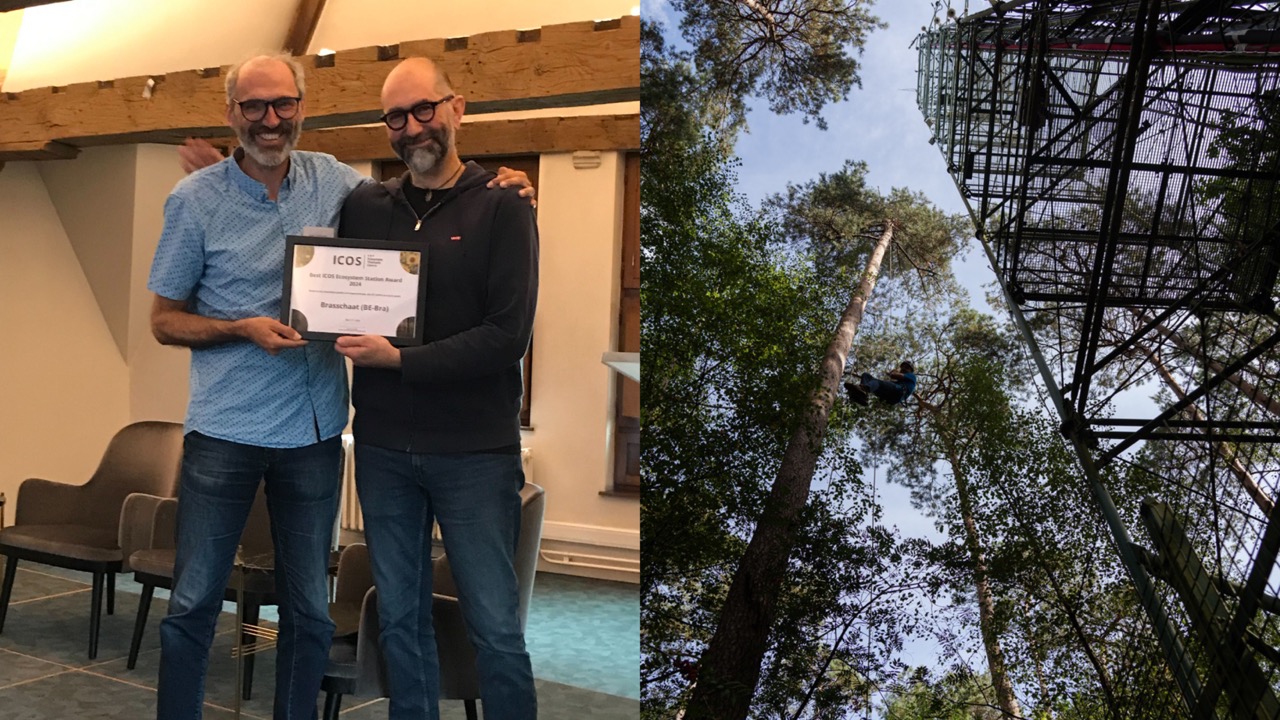
What makes your station unique?
The ICOS station at Brasschaat was one of the pioneer sites that participated in the first European project using the eddy covariance technique to quantify forest ecosystem carbon uptake. The choice of the location was pragmatic (a tower was already present), but turned out to be scientifically very interesting. Being located downwind of the largest petrochemical area in Europe, for decades it had been exposed to severe input of pollutants and the soil was severely acidified. As a result, tree growth was declining and fluxes were very low. The importance of long-term measurements became clear when, as pollution became better regulated, we observed that photosynthesis gradually rose and tree growth recovered. And now the forest has to deal with dramatic climate extremes, which is our key study focus within ICOS.
The importance of long-term measurements became clear when, as pollution became better regulated, we observed that photosynthesis gradually rose and tree growth recovered. Now the forest has to deal with dramatic climate extremes, which is our key study focus within ICOS.
What does this recognition mean to you?
The recognition is very important. Our ICOS team is working very hard to meet the high standards of ICOS and the recognition is a boost for our motivation to continue along these lines. We just submitted a proposal for a 4-year renewal of our funding, which is exceptionally competitive, and we plan to use the award during our presentation to show the panel and our funding agency that we are using the money well.
My best advice would be to bring together a team of collaborators who are not only technically competent to ensure high data quality but also - and perhaps even especially - have the social skills to create an atmosphere where everybody likes to come to work every morning.
What are your best tips for running an ecosystem station and ensuring high data quality?
My best advice would be to bring together a team of collaborators who are not only technically competent to ensure high data quality, but also -and perhaps even especially- have the social skills to create an atmosphere where everybody likes to come to work every morning. Meeting the ICOS targets is easier when collaborating with nice people and while having fun.